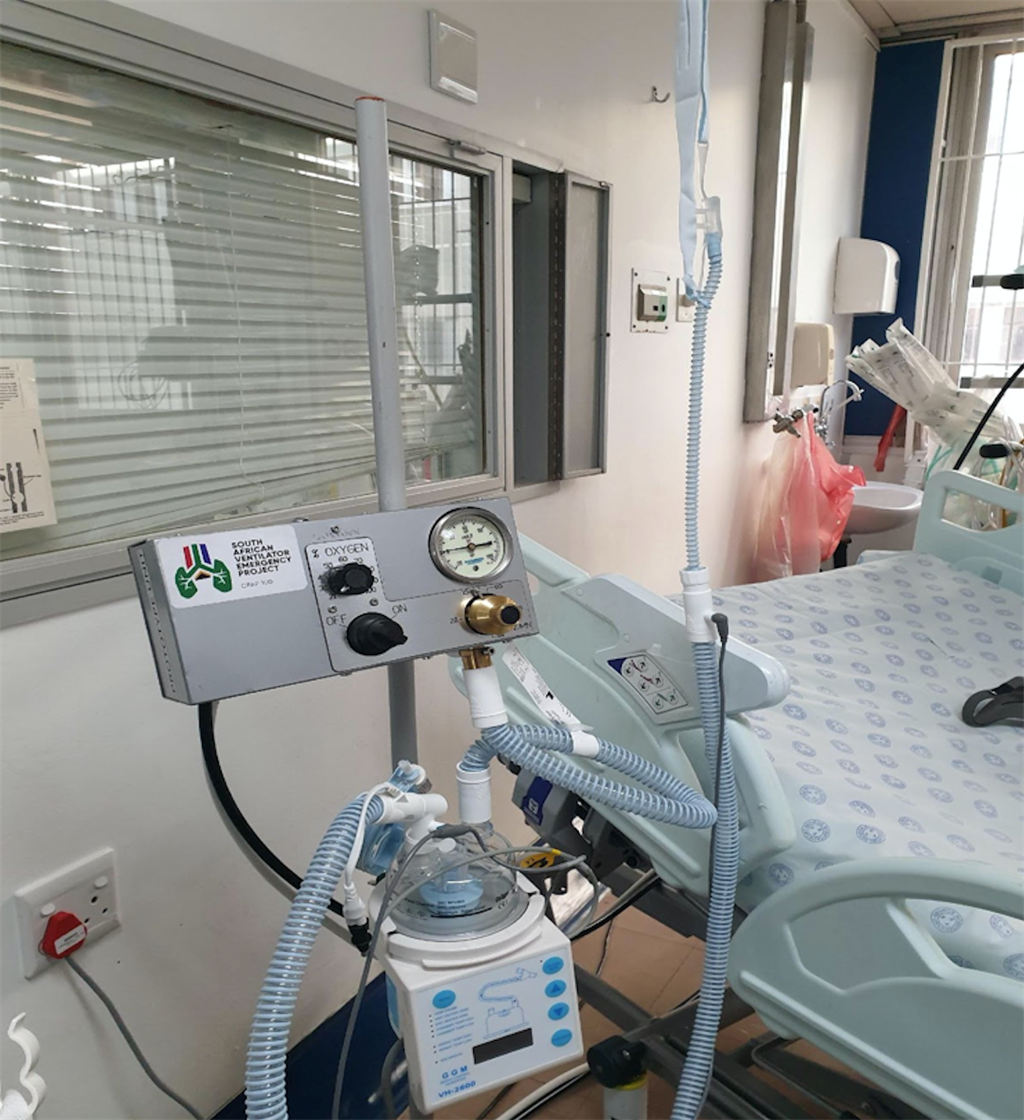- The ambitious plan to build more than 10 000 ventilators in the country by the end of June has been delayed by weeks.
- The ventilators were set to make up for the shortage of ventilators created in the country by Covid-19.
- The project manager said it has been delayed due to regulatory approval, but is still on track to manufacture ventilators.
An ambitious plan to build more than 10 000 ventilators in South Africa by the end of June to fill the shortage created by Covid-19 has been delayed by weeks due to regulatory issues.
The National Ventilator Project, launched to much fanfare in April, aimed to build non-invasive ventilators which mix pure oxygen with air and help get that mixture into patients’ lungs by delivering it at higher than ambient pressure.
The respiratory gas is, therefore, provided to a patient by a mask or hood, not via intubation.
Non-invasive ventilators have proved to be more effective in treating Covid-19 than invasive ventilators typically used in hospitals.
The ventilators were required to be manufactured locally, using only parts and materials “that are readily available in large quantities on the commercial market or can be manufactured locally in South Africa”, amid a global supply shortage.
The Department of Trade and Industry tasked the South Afican Radio Astronomy Observatory (SARAO) to manage the project based on the experience it gained from developing the MeerKAT radio telescope.
South Africa has an estimated 6 000 ventilators available in public and private hospitals; with a predicted demand of close to 35 000 intensive care unit (ICU) beds between June and November due to Covid-19.
Here is what happened to the project to build 10 000 ventilators in South Africa by the end of June:
Has manufacturing of ventilators started?
SARAO’s general manager for engineering Willem Esterhyse, also the project manager for the National Ventilator Project, said production on the ventilators had started.
Full production capacity was, however, only expected to be reached once the Production Readiness Review Meeting took place on 11 July, Esterhyse told News24.



One of the non-invasive ventilator designs being used in the National Ventilator project (supplied, SARAO)
So far, the Council for Scientific and Industrial Research (CSIR) has been contracted to provide 10 000 units, while negotiations are underway with three other companies whose prototypes received South African Health Products Regulatory Authority (SAHPRA) approval.
“Contracting decisions are based on modelling numbers, (and) adjustments based on actual vs predicted numbers are considered as and when it becomes clear that adjustments might be required,” Esterhyse said.
Esterhyse said two of the three other companies had been granted approval to produce ventilators, subject to additional usability testing data being provided within 30 days.
What has been the cause of delay in the project?
He said, since the devices required approval from SAHPRA to ensure that they met the stringent health and safety standards, their production had been delayed.
“The benefit of this is that a very thorough due diligence regime has been done on contracting entities, and the SAHPRA approval obtained before placement of contracts reduces the risk on all parties involved,” he said.
Esterhyse said constructive engagement had also taken place with the Department of Health to ensure that the ventilators were distributed to places where they are required.
What are the current targets for the ventilator project?
He added that, at the moment, only the CSIR had been contracted to provide a total of 10 000 units by September.
“The first batch of 2 000 is expected to be delivered towards the end of this month (July), ramping up to 6 000 units by mid-August, and the balance by the beginning of September,” he said.
Overall, the companies involved in possibly manufacturing ventilators in the project are the CSIR, Gabler Medical (Pty) Ltd, Military Marine Onsite (Pty) Ltd, Directech (Pty) Ltd, OSC Marine (Pty) Ltd and SAVEP who have all produced prototypes for the National Ventilator Project.

